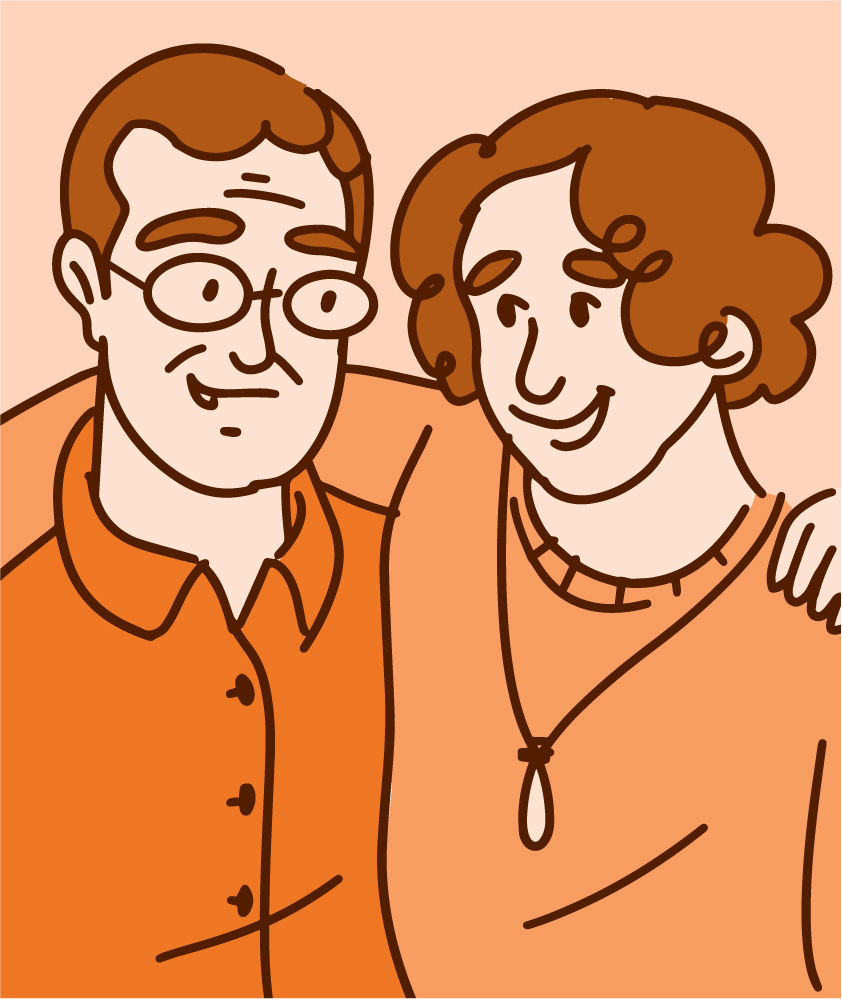What Are Frontotemporal Disorders?
Dementias That Happen in Midlife

If you start to see changes in the way a loved one under 60 acts, speaks, or moves, you may not think of dementia as a cause. Dementia is a loss of thinking, memory, and reasoning that seriously affects your daily activities. It’s more common in older adults. But a group of dementias called frontotemporal disorders, or FTD, occurs most often in people between 45 to 64 years old.
FTD is rare. It sometimes runs in families and can be inherited through certain Stretches of DNA you inherit from your parents that define features, like your risk for certain diseases. genes. But in most cases, the cause isn’t known.
The most common symptoms of FTD are changes in behavior and personality. But some people with FTD may instead develop problems with speech and language, called aphasia. FTD can also cause movement problems. (See the Wise Choices box for more symptoms.)
FTD can be challenging to diagnose. “When symptoms arise, it’s very common that other disorders or life circumstances are suspected as the cause,” says Boeve. Causes can include substance use or certain mental health disorders, like depression or psychosis.
“Symptoms may also tend to ebb and flow at first,” says Boeve. “Someone may act very odd, and then things are kind of normal for weeks or months.” But symptoms get worse and become more consistent over time.
Blood tests or imaging tests like MRI or PET scans can sometimes detect certain signs of FTD. “But some people with mild FTD can have normal findings on many of these tests,” Boeve says. If FTD is suspected, talking with a health care provider who’s experienced with FTD can help with a diagnosis.
People with FTD typically live six to eight years. There’s no cure, but some symptoms can be managed. Certain antidepressant drugs can help some patients with mental health symptoms, like apathy, depressed mood, or irritability. “They can also help curb inappropriate behaviors,” Boeve explains. Speech therapy is used for some types of aphasia. Physical therapy can help with some movement problems.
Boeve’s team and other NIH-funded researchers are working to develop better tests and treatments for FTD. Recently, a study by Boeve and others found that exercise slowed the progression of FTD in people with an inherited form of the condition. “For those who were more physically active, their rate of decline was slower,” he says.
NIH Office of Communications and Public Liaison
Health and Science Publications Branch
Building 31, Room 5B52
Bethesda, MD 20892-2094
Contact Us:
nihnewsinhealth@od.nih.gov
Phone: 301-451-8224
Share Our Materials: Reprint our articles and illustrations in your own publication. Our material is not copyrighted. Please acknowledge NIH News in Health as the source and send us a copy.
For more consumer health news and information, visit health.nih.gov.
For wellness toolkits, visit www.nih.gov/wellnesstoolkits.




